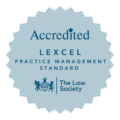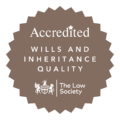Our property team discusses the recent decision of the Court of Appeal in Bath Rugby Ltd v Greenwood and others [2021] EWCA Civ 1927, which overturned a previous decision that the land benefitting from the covenants description as ‘adjoining land or the neighbourhood’ was sufficient to make it enforceable.
Bath Rugby Club plan to build a new 18,000 seater stadium on their home ground in the centre of Bath. This extensive redevelopment includes riverside regeneration, community use and parking. However, a covenant contained in a Conveyance dated 6 April 1922 has paused their development plans as it stated that nothing was to be built on the land “which may be or grow to be a nuisance and annoyance or disturbance or otherwise prejudicially affect the adjoining premises or the neighbourhood”. Bath Rugby Club applied for a declaration from the court that the covenant was unenforceable as the land with the benefit of the covenant was not sufficiently defined in the Conveyance.
The court decided that the covenant was enforceable as the wording ‘adjoining land or the neighbourhood’ contained in the Conveyance, could be interpreted as a reference to ‘buildings and land of the vendor…adjoining or near to’ the conveyed land.
Bath Rugby Club appealed, and the court agreed, deciding instead that there must be a ‘sufficient indication’ of the benefitting land and that the words ‘adjoining land or the neighbourhood’ were not sufficient and should not have been construed in such a way.
This decision provides some clarification regarding annexation of covenants and a helpful reminder that the devil is often in the detail when it comes to drafting restrictive covenants and more importantly for developers, checking their enforceability.
For further property advice please contact our property law team on enquiries@bpcollins.co.uk or call 01753889995.














